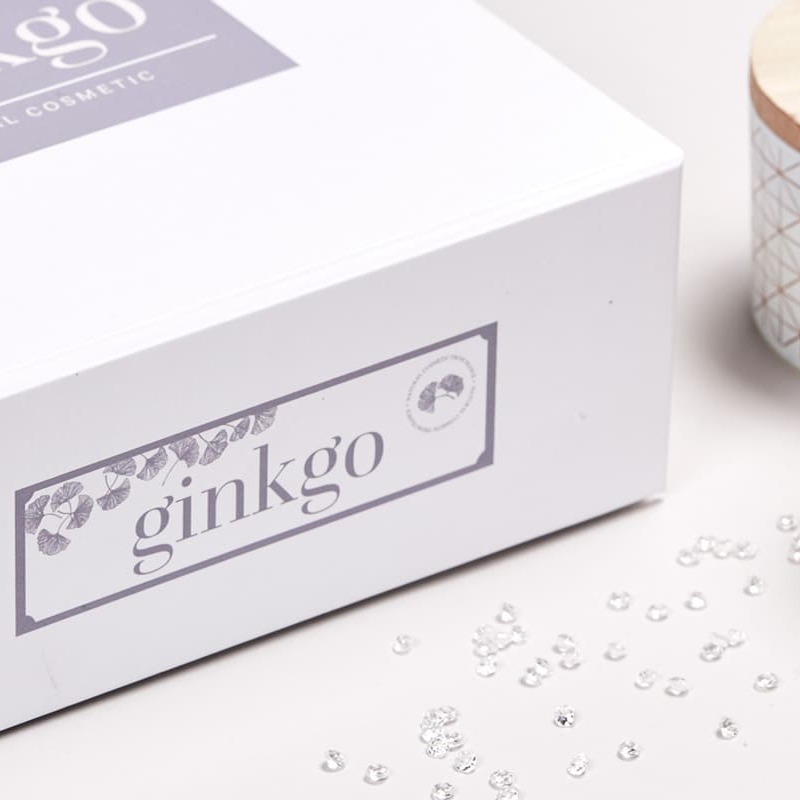The Rise of Printed Food Containers Merging Functionality with Branding
In an era where consumer preferences are rapidly changing, the food industry is continuously seeking innovative solutions to maintain competitiveness and enhance customer engagement. One of the most significant developments in recent years has been the rise of printed food containers. These containers not only serve a functional purpose but also act as a powerful marketing tool, allowing brands to connect with consumers on multiple levels.
The Evolution of Packaging
Packaging has long been a critical component of the food industry. Traditionally, food containers were primarily designed for functionality—protecting products during transportation, ensuring freshness, and complying with safety standards. However, as consumer awareness increased and preferences shifted towards more personalized and engaging experiences, brands began recognizing the potential of packaging as a canvas for storytelling and branding.
Printed food containers emerged as a revolutionary solution. Gone are the days when packaging only served a utilitarian purpose; today, containers are elaborately designed to convey brand identity, operational ethos, and even narrative. With advancements in printing technology, companies can now achieve vibrant colors, intricate designs, and high-resolution images that capture the essence of their brand and entice the consumer's eye.
Benefits of Printed Food Containers
1. Brand Recognition In a competitive market, brand recognition is paramount. Printed food containers provide an excellent opportunity for businesses to create a unique identity. Distinctive logos, catchy slogans, and creative design elements can differentiate a brand from its competitors, making it easily recognizable on shelves.
2. Consumer Engagement The contemporary consumer values experiences and connections. With printed packaging, brands can engage with their customers in more meaningful ways. For example, containers can display QR codes linking to promotional content, recipes, or information about sustainable sourcing practices, fostering a deeper relationship with the consumer.
printed food containers

3. Sustainability As the world grapples with environmental issues, sustainability has become a significant factor in consumer decision-making. Many brands are embracing printed food containers made from eco-friendly materials, enhancing their appeal to environmentally conscious consumers. Additionally, well-designed printed containers can encourage recycling or repurposing, further reducing waste.
4. Visual Appeal The visual aspect of packaging cannot be overemphasized. Printed food containers that boast eye-catching designs and colors can attract consumers in a marketplace that often feels saturated. Creative graphics not only grab attention but can also evoke emotions and memories, making the product more appealing. For instance, vibrant images of fresh ingredients can stimulate appetite and boost sales.
5. Information and Transparency In today's marketplace, consumers increasingly demand transparency about what they eat and where it comes from. Printed packaging allows brands to convey essential information, such as nutritional content, ingredient sourcing, and expiration dates, fostering trust with consumers. As they become more informed, customers are likely to gravitate towards brands that prioritize transparency.
Challenges and Future Prospects
While printed food containers bring numerous benefits, challenges remain. The cost of high-quality printing can be significant and may deter smaller companies from fully embracing this trend. Additionally, there is the need to balance aesthetics with functionality—ensuring that designs do not compromise the container's ability to preserve food and comply with health regulations.
Looking ahead, the future of printed food containers appears promising. With continuous advancements in technology, such as digital printing and automation, brands can expect to see improvements in efficiency and cost-effectiveness. Moreover, as consumer preferences continue to evolve, the demand for more personalized and interactive packaging experiences will drive innovation in the food industry.
In conclusion, printed food containers represent the convergence of functionality and marketing in the food sector. By embracing this trend, brands can enhance visibility, engage consumers, and contribute positively to environmental sustainability—all while allowing their creativity to shine. As the landscape of consumer behavior continues to evolve, those who adapt and innovate through printed packaging will undoubtedly find themselves at the forefront of the industry.



